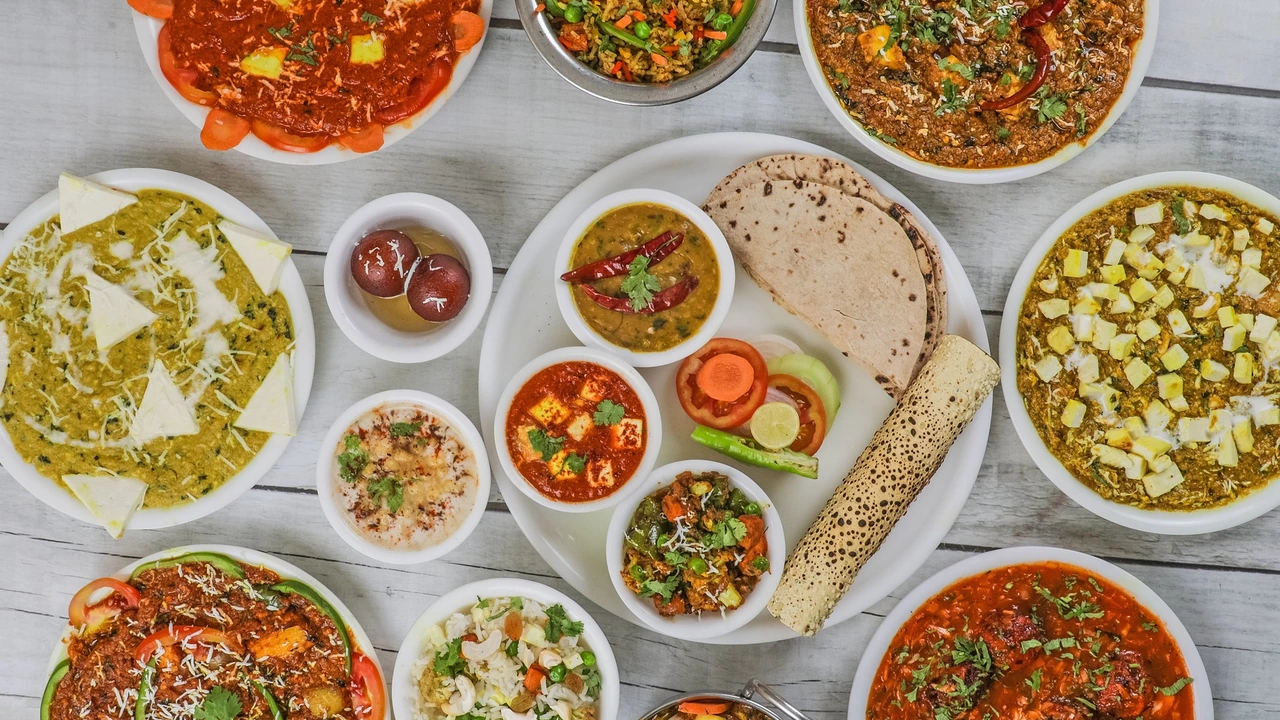International Cuisine: A Tasty Journey Around the World
If you love food, you’ve probably wondered what makes a dish from Italy different from one in Japan or Mexico. The answer lies in the mix of spices, cooking methods, and local ingredients that each culture brings to the table. On this page we’ll break down why trying international cuisine is worth your time and give you simple ideas to add world flavors to your everyday meals.
Why Try International Cuisine?
First off, cooking dishes from other countries expands your palate. One bite of a Thai green curry can teach you about the balance of sweet, salty, sour, and spicy – a balance that’s hard to master with just local spices. Second, it’s a fun way to travel without leaving home. When you make a Mexican taco or a French crêpe, you’re experiencing a piece of that country’s culture, history, and even celebrations. Third, experimenting with new ingredients often leads to healthier meals. Many overseas recipes rely on fresh vegetables, lean proteins, and herbs instead of heavy creams or processed sauces.
Lastly, sharing international dishes turns dinner into a conversation starter. Friends love to guess where a dish originates, and those guesses can spark stories, memories, or plans for future trips. So, whether you’re cooking for yourself or a crowd, a global recipe can turn an ordinary night into something memorable.
Easy Ways to Add Global Flavors at Home
You don’t need a pantry full of exotic items to get started. Here are three low‑effort tricks to give any meal an international twist:
1. Swap a spice blend. Replace your usual garlic‑powder‑and‑paprika mix with a pinch of garam masala for an Indian flair, or use za'atar for a Middle‑Eastern note. A teaspoon can completely change the flavor profile of roasted veggies or grilled chicken.
2. Use sauces you already have. Soy sauce, fish sauce, and sriracha can turn a simple stir‑fry into a Thai or Korean dish. Mix equal parts soy sauce and honey, add a splash of lime juice, and you’ve got a quick teriyaki glaze for salmon.
3. Add a fresh herb or citrus. Fresh cilantro brightens Mexican and Vietnamese meals, while mint works wonders in Greek salads and Lebanese dips. A squeeze of lemon or orange zest can lift a Mediterranean pasta or a North African couscous.
If you feel adventurous, try a full recipe once a month. Start with something familiar – a pizza with a Japanese miso base or tacos using Korean bulgogi beef. Watch cooking videos, read short blog posts, or ask friends for their family recipes. The more you practice, the easier it gets to mix and match flavors.
Remember, the goal isn’t to become a chef overnight. It’s to enjoy the process, learn a little culture with each bite, and keep your meals exciting. So grab a spice jar, fire up the stove, and let international cuisine bring a world of taste to your kitchen today.

Which Indian snack is famous globally?
In my exploration of Indian snacks that have gained global fame, Samosas top the list. This savory and spicy snack, often filled with potatoes, peas, and other vegetables, has found its place in various world cuisines. Not only can you find it in Indian restaurants around the globe, but it's also incorporated into menus of global food chains. I've found that the unique blend of spices and crispy exterior make it a universally loved snack. It's fascinating to see how this humble Indian snack has crossed borders and is delighting palates worldwide.
Read More